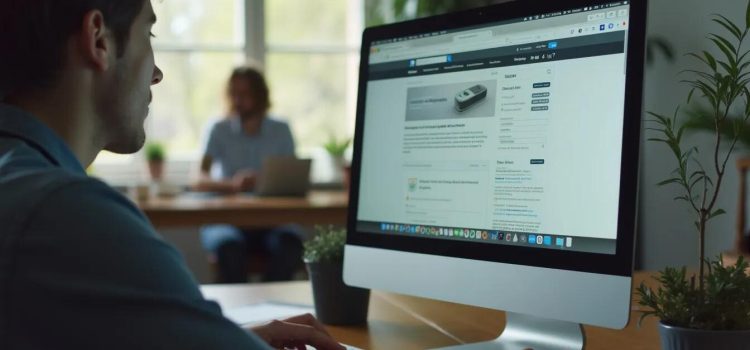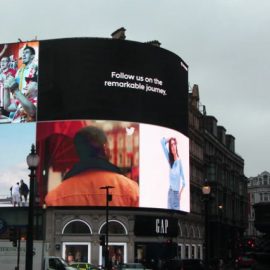
Is it more important for web pages to be creative and beautiful—or basic and predictable? What do your users expect?
Designing a website that’s easy to navigate is crucial for user satisfaction. A standard web page layout can significantly improve your site’s usability. By following some simple guidelines, you can create a website that visitors find effortless to use.
Keep reading to discover expert tips on crafting a user-friendly web design that will keep visitors coming back for more.
Use a Standard Web Page Layout
In his book Don’t Make Me Think, Revisited, Steve Krug contends that users want to find what they’re looking for as quickly and effortlessly as possible. Because users value efficiency and ease so highly, designers need to make their web pages clear, simple, and scannable. This way, users can instantly identify the right places to click with minimal mental effort.
In this context of making your web pages more intuitive for users, Krug recommends that you use a standard web page layout. By placing your search bar, page titles, and other design elements in places where users expect to see them, you can increase the likelihood that users will instantly understand how to use your website.
Krug recommends prioritizing this kind of clear standardization over aesthetic or creative considerations. You may be tempted to show off your clever ideas by designing innovative, unusual web pages. However, if these idiosyncrasies make your website more difficult to instantly grasp, they can drive users away.
(Shortform note: You may be able to create designs that break from convention yet feel intuitive using biomimicry. Biomimicry is the practice of taking inspiration from nature to solve design challenges. For instance, the inventor of Velcro modeled his design after sticky burdock seeds. In web design, you could use this strategy to create designs that users have rarely seen on websites but have been proven to be intuitive in the real world. For example, you could model your website’s navigation after the behavior of ant colonies by writing a code that automatically makes users’ most common paths through your site more visually prominent (like ants laying down pheromones to mark a path for other ants to follow).)
Sometimes, however, your website will be unique enough that users won’t instantly know how to navigate it. In these cases, Krug recommends adding design elements to nudge users in the right direction. Make these nudges as short and unobtrusive as possible, and ensure that users see them at the exact moment they need them. For example, on an online marketplace with an unconventional layout, there could be a short tutorial that pops up the first time a user visits the site that forces them to click through its main product categories.
(Shortform note: It can be challenging to design nudges that are useful for all your users. If they’re too unobtrusive, new users might not be able to find them; but if they’re too prominent, they can distract and annoy experienced users who don’t need them. With this in mind, design your nudges to be clearly visible on screen, but subtle—for instance, use a slightly faded question mark symbol in the corner of the screen to trigger a brief tutorial. This way, confused novices can notice them and experts can ignore them as they blend into the background.)






